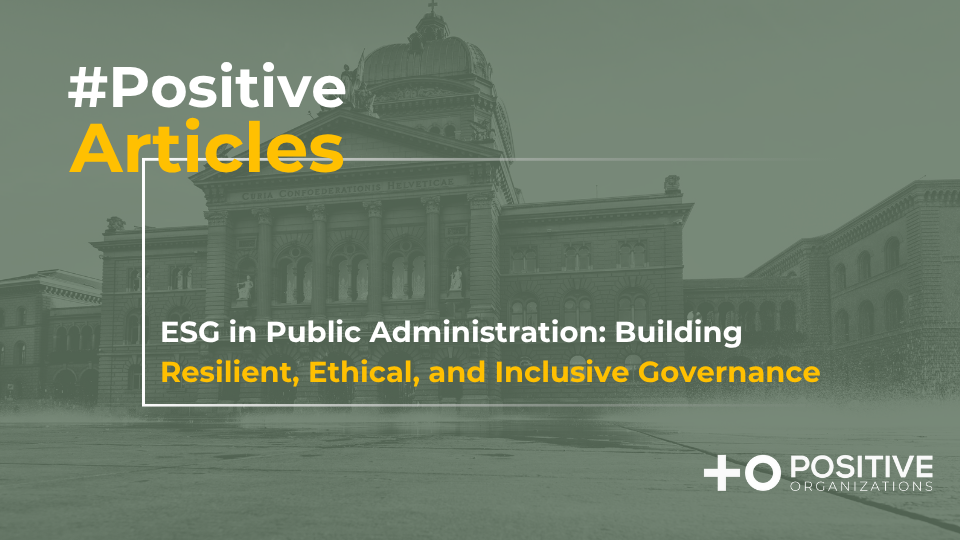.png)
.png)
In today’s business world, companies can no longer afford to focus solely on profits—they must also account for their impact on people and the planet. This is where double materiality comes into play. More than just a buzzword, it is a fundamental concept reshaping corporate sustainability and financial decision-making.
What Is Double Materiality?
Double materiality expands the traditional understanding of financial materiality by integrating both financial and impact perspectives. In simple terms, it addresses two key questions:
- Financial Materiality: How do environmental, social, and governance (ESG) issues affect the company’s financial performance?
- Example: An automotive company faces financial risks due to stricter emissions regulations, which increase production costs. Investors and stakeholders need to understand how such regulatory changes impact long-term profitability.
- Impact Materiality: How does the company’s business affect the environment and society?
- Example: A fashion brand relying on unsustainable cotton farming may not see immediate financial repercussions. However, its excessive water consumption and poor labor practices negatively impact local communities and ecosystems. Over time, reputational damage and consumer backlash could affect its bottom line.
Double materiality acknowledges that businesses are both affected by external ESG factors and responsible for shaping social and environmental outcomes.
Why Does Double Materiality Matter?
- Regulatory Compliance Is No Longer Optional
- The Corporate Sustainability Reporting Directive (CSRD) in the EU mandates double materiality assessments. Companies operating in or doing business with the region must comply to avoid legal risks and reputational damage.
- A Smarter Approach to Risk Management
- Companies that assess ESG risks from both perspectives can anticipate financial threats (e.g., climate-related supply chain disruptions) while also addressing risks tied to their own impact (e.g., pollution leading to government sanctions).
- Trust, Reputation, and Competitive Advantage
- Investors, employees, and consumers are demanding transparency. Companies that demonstrate a commitment to both financial performance and sustainable impact attract ethical investors, gain consumer loyalty, and improve employee retention.
How WeCan Help
At Positive Organizations, we guide businesses through the complexities of double materiality assessments, ensuring they:
✅ Identify financial materiality risks, such as climate regulations affecting profitability.
✅ Assess broader impact materiality, including carbon emissions, labor practices, and community engagement.
✅ Align with global reporting standards (CSRD, GRI) to enhance transparency and accountability.
✅ Integrate ESG insights into corporate strategy, strengthening long-term resilience.
Double materiality isn’t just about compliance—it’s about future-proofing your business. By understanding how ESG factors influence financial performance and how corporate actions affect the world, companiescan drive long-term value, mitigate risks, and build trust in an era where sustainability is a business imperative.
Start Your
Journey Today









.png)





